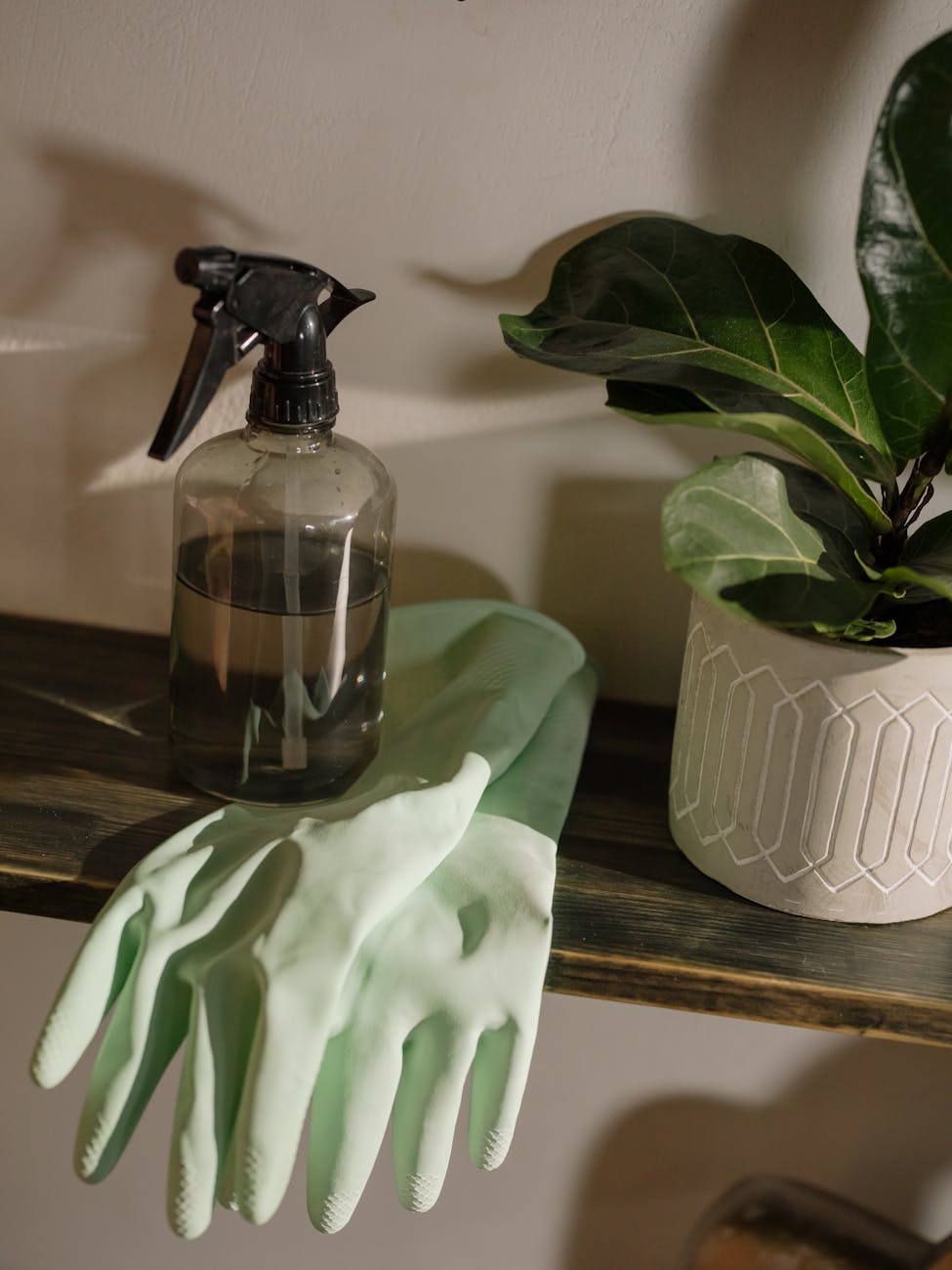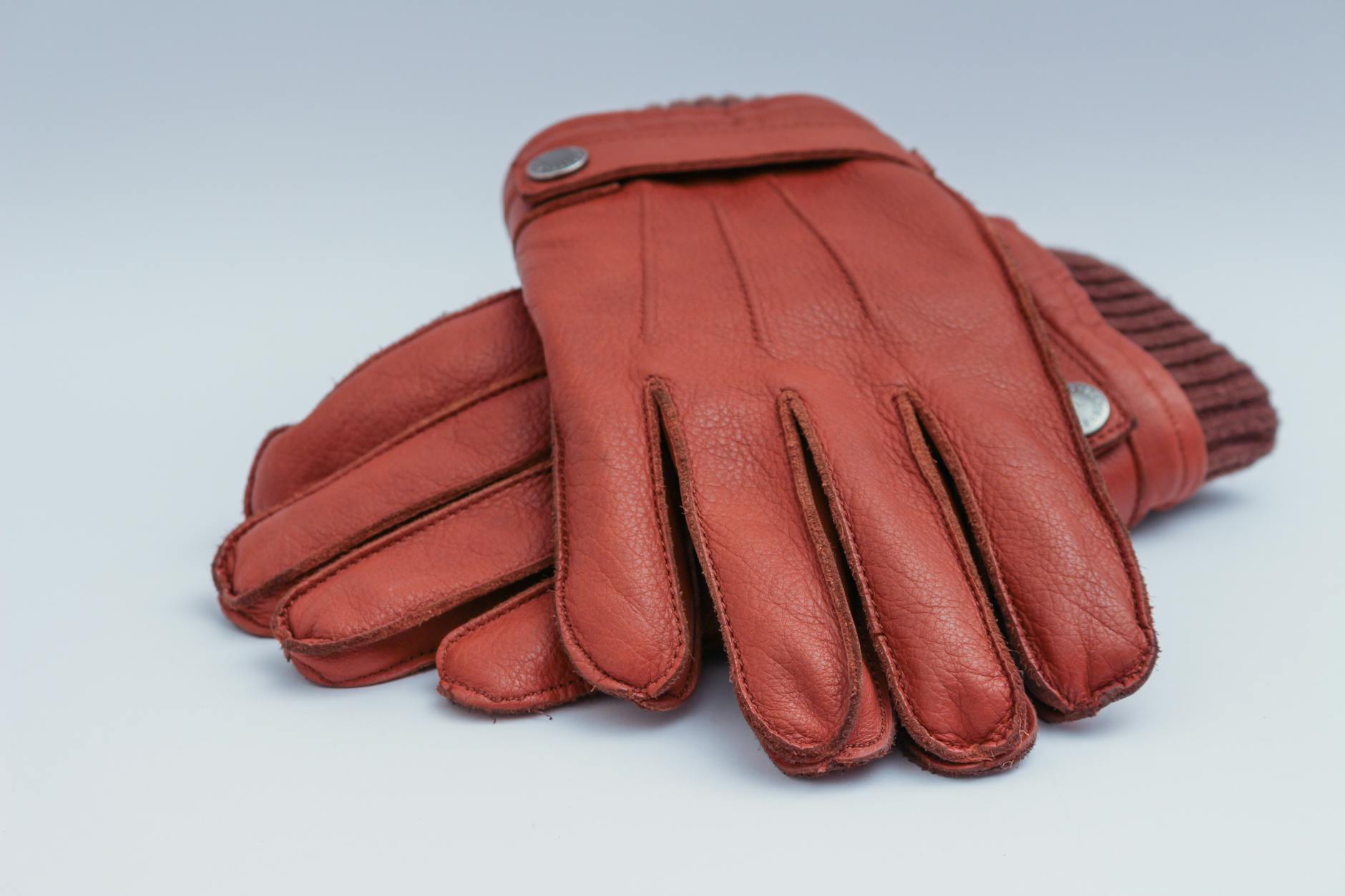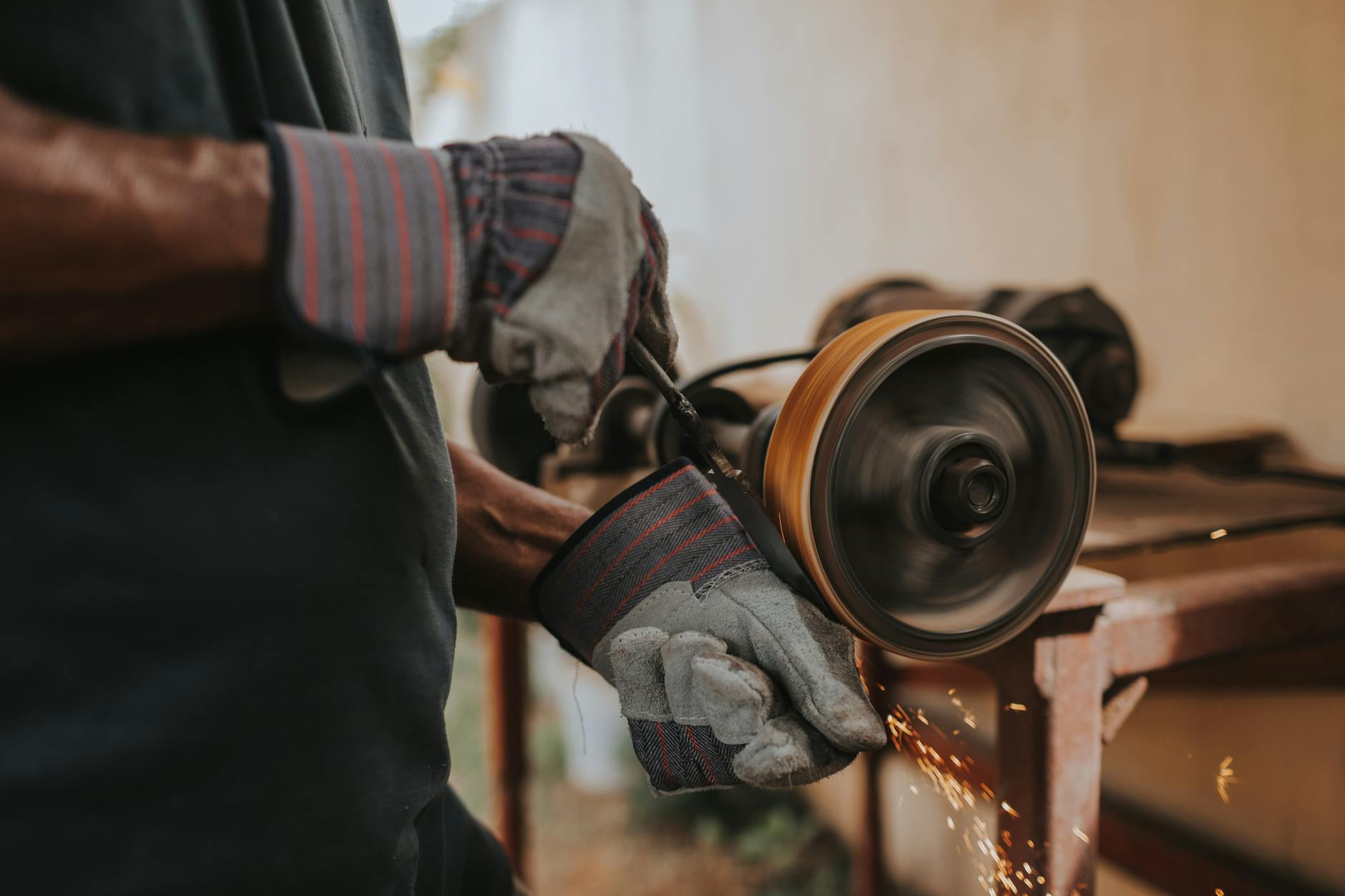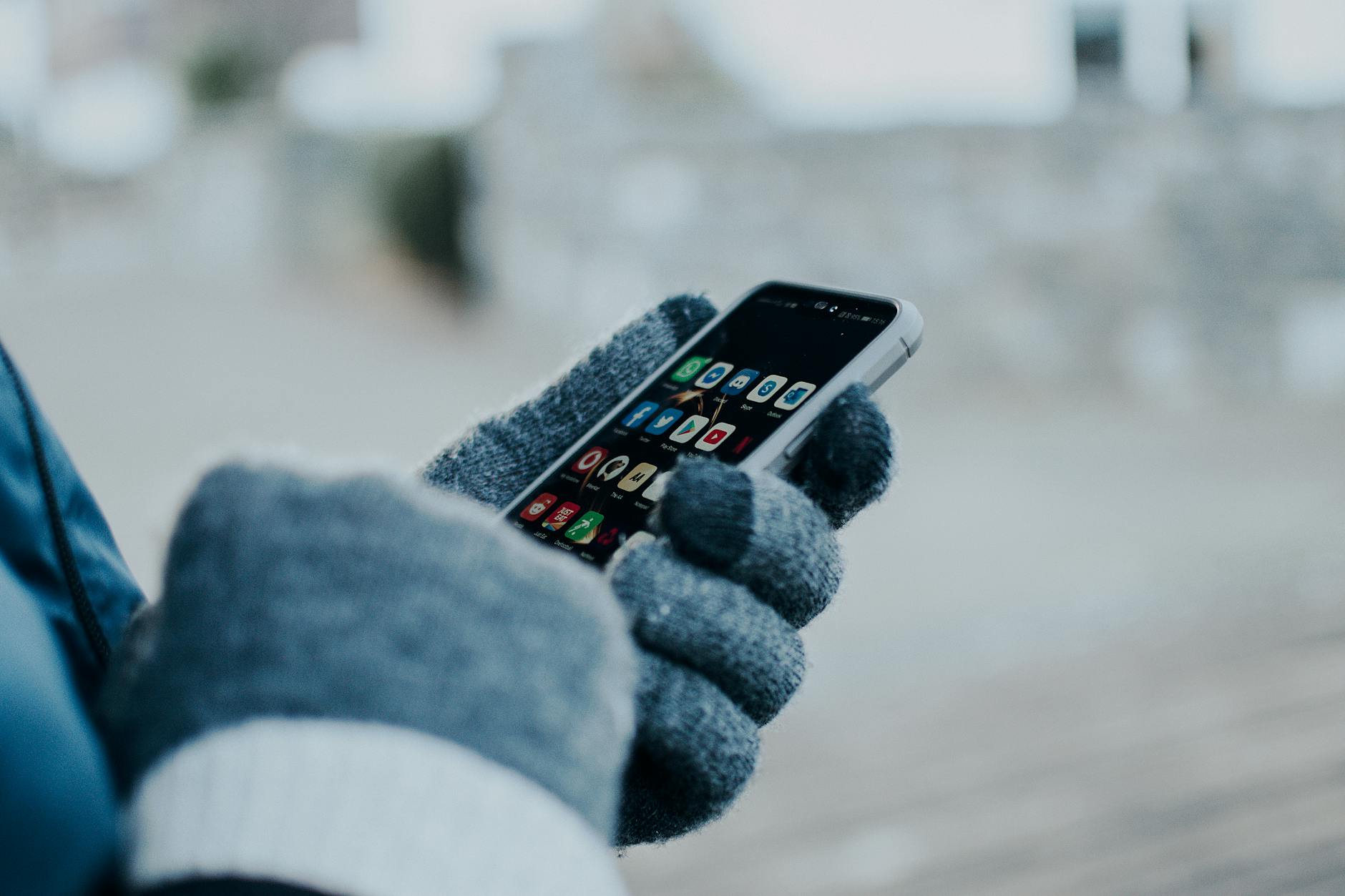
A Handy Guide To Choosing Gloves
When selecting the right pair of gloves, several key factors should be taken into account. These considerations are essential when choosing gloves that are both comfortable and practical. Below are just some of the key things to consider.

Know your hand size
While you may be able to try on gloves in-store when purchasing them, this is not possible when shopping online. Knowing your hand size is essential for ensuring that you don’t accidentally buy gloves that are too large or too small. Glove hand sizing is based on the circumference of the hand. Unfortunately, glove sizing is not standardised; however, you can usually find charts for each brand that indicate the corresponding inches for each glove size. By measuring your own hands, you can then easily pick the correct size.
Understand your intended use.
Different gloves are designed to protect against various things, so it’s essential to choose gloves specifically designed for your specialist use. A few examples of varying glove uses include:
- Cold weather: In this case, you will need gloves that are insulated and designed for winter wear. Consider options like these womens thermal gloves from HeatHolders.
- Gardening: Gardening gloves are designed to provide dexterity while also offering protection against thorns and other sharp objects. They are often made from leather lined with Lycra.
- Motorcycling: Gloves designed for motorcycling are engineered to withstand high impacts, while also typically being insulated and waterproof to protect against harsh weather conditions.
- Chemical handling: Chemical handling gloves are made from materials such as PVC, latex, and neoprene. These materials won’t corrode when exposed to chemicals and are completely waterproof.
- Handling sharp metal: Like gardening gloves, these types of gloves need to be resistant to punctures, and are often made from leather coated in nitrile. Some are even made from metal mesh for extra protection against objects like blades.
- Handling hot objects: Gloves made from materials like Kevlar or Teflon are best suited for handling hot objects. These can prevent you from getting burned even when exposed to extreme temperatures.

Don’t ignore allergies.
It’s worth noting that some individuals are allergic to specific materials, such as latex, used in certain types of gloves. If you notice rashes forming, consider exploring alternative glove materials to prevent further irritation. You shouldn’t have to wear gloves that damage your skin.
Consider smartphone use
Wearing gloves may prevent you from using a smartphone’s touchscreen. That said, some gloves are fingerless or have conductive materials in the fingertips, allowing you to still use a phone’s screen. This may not be a consideration if you frequently use your phone.

Look into washability
Some gloves are easy to wash and can be machine-washed. Others can be damaged by a washing machine’s spin cycle. Check whether gloves are machine washable – if not, review the washing instructions to ensure they are straightforward. Some gloves may be designed to be disposed of after use (e.g. those used for chemical handling) because washing them is too difficult.


